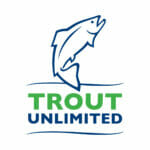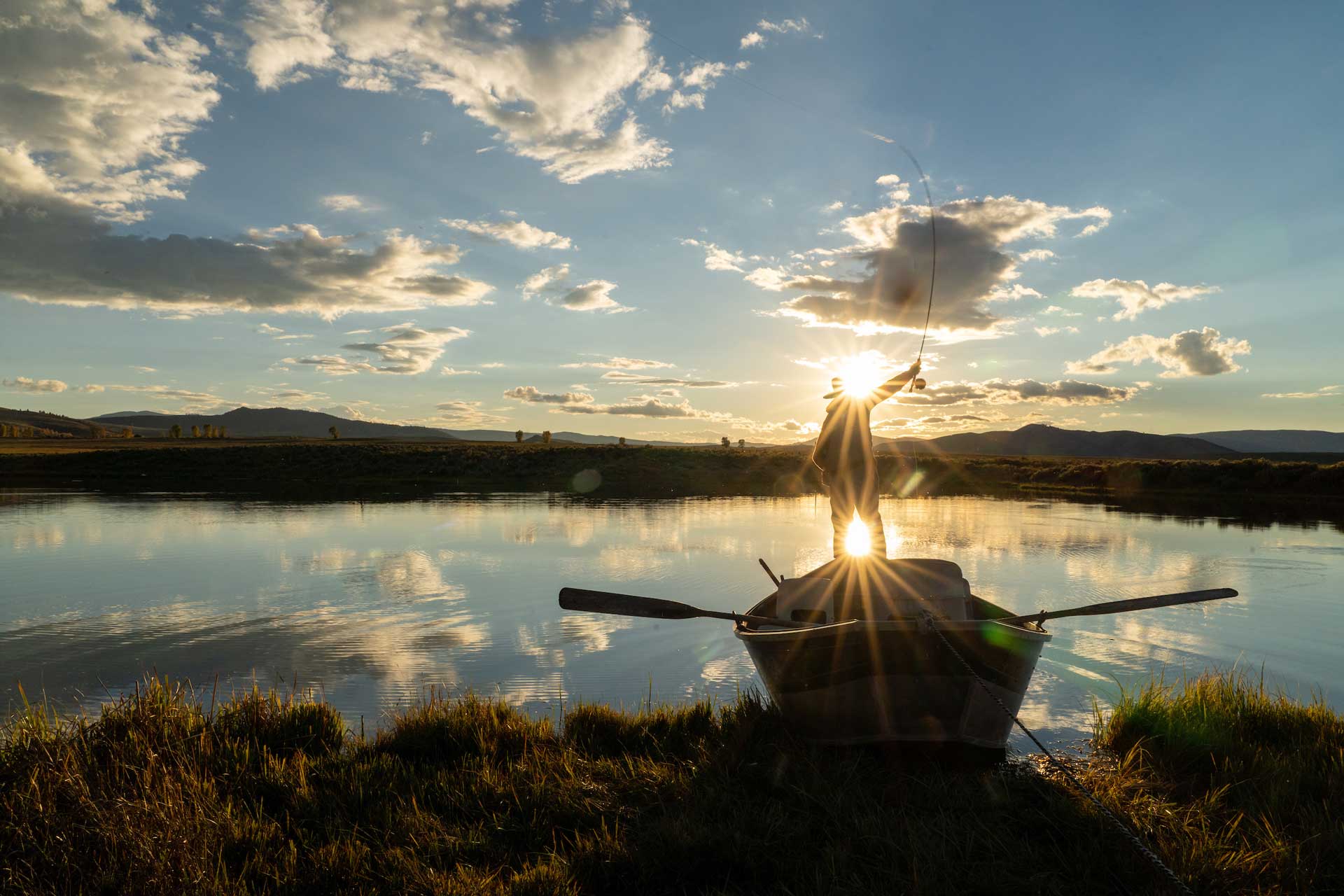What did one trout say to the other? “Hey, if we can just hang out in this beautiful river for a few years, maybe we can win a gold medal.”
Olympic games history dates to ancient Greece. However, the current practice of awarding a first-place gold medal to the winner is relatively new, having first occurred at the 1904 summer Olympic Games in the United States. Social culture has figuratively adopted this medal system, whereby gold of anything indicates the best of the best.
So, in years past, when the idea came to the Colorado Parks and Wildlife to indicate the highest quality waters for fishing, the Gold Medal moniker was an easy fit. Eight rivers first garnered Gold Medal designation in 1982; there now are 13 rivers and three lakes that have earned the Gold Medal designation. This includes two new river sections in southwest Colorado that were added in January.
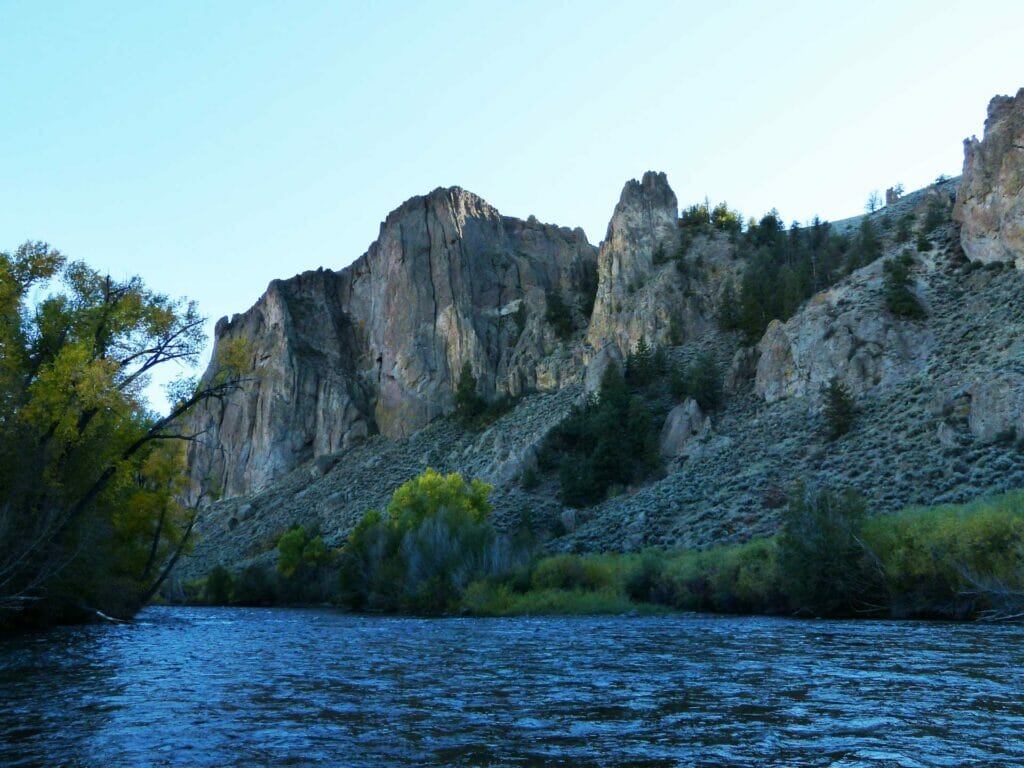
Recently added, near the towns of Gunnison and Almont, were 12 miles of the Gunnison River from Gunnison upstream to Almont and 20 miles of the Taylor River upstream from Almont to Taylor Reservoir.
A Gold Medal designation is not just a mark of the pen. It takes years of fish population surveys and an expectation that the high-quality fishery is sustainable. This best of the best listing requires consistent 60 pounds of fish per acre and harboring 12 quality fish of 14 inches or greater per acre.
Those who have lived near and fished these waters for decades already knew of their stellar status. Historically, both rivers have always been quality fisheries. A significant boost to the numbers and size of fish came after the completion of Taylor Park Dam and Reservoir in 1937. Constructed as a part of the Upper Colorado River basin storage, the 206-foot-high dam and the 106,000-acre-foot reservoir, like any mountain tailwater, smooths out the natural annual high and low flows, benefiting the fishery.
While the quality of the fishery is the same for both of these newly listed waters, public access varies.
The Taylor River from Almont upstream to Taylor Reservoir has abundant public access with a paved road its entire length. The winding river and the winding road that follows is mainly contained in a narrow canyon, but there are numerous pullouts from which to park and descend with relative ease from vehicle to the nearby river. Several public boat ramps provide rafting access, which is mainly done with small inflatables due to the rowdy character of the mountain river. Wading safely has to wait until the spring runoff subsides in early summer. Public access is not continuous, with several private stretches along the way.
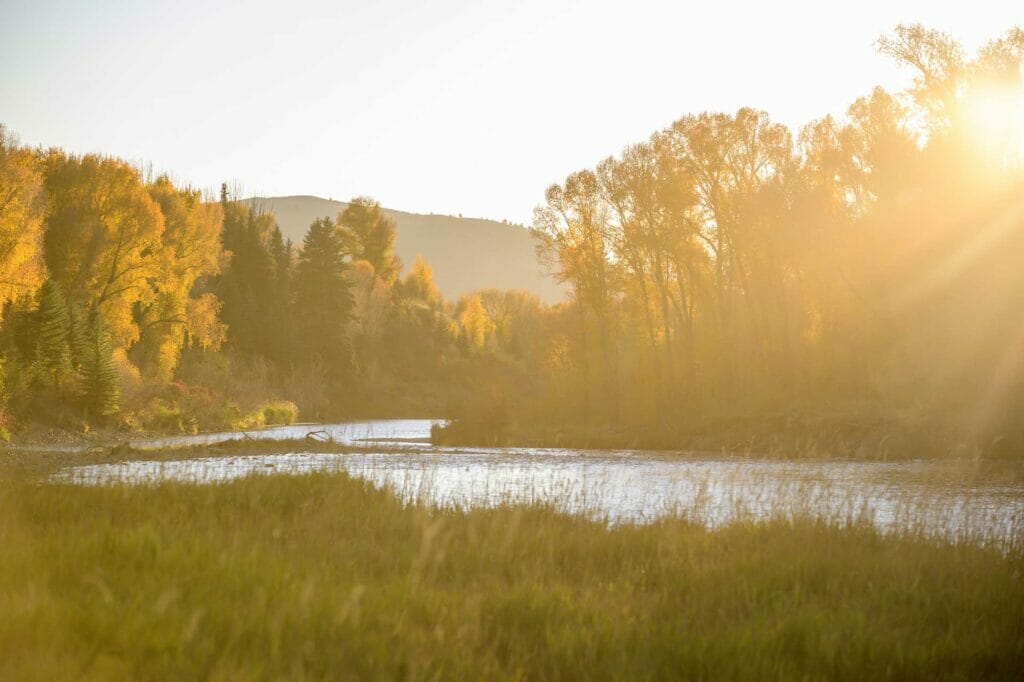
The Gunnison River from the town of Gunnison upstream to Almont is primarily private. Here the water is a larger volume as the Gunnison River begins at Almont with the confluence of the East and Taylor rivers. Due to the largely private access and higher water volume, this section is a popular raft fishing adventure. The river character is milder than the Taylor, flowing through a mild-sloping residential and agricultural valley, allowing both inflatables and drift boats. There is a significant public access section at the downstream end at the town of Gunnison via the Van Tuyl easement.
Rainbow and brown trout are the predominant species. Generally, browns are more numerous, but rainbows are larger on average. The stream population survey by the Colorado Parks and Wildlife, which was the basis for the gold medal status, indicated in various sections from 200 to over 400 pounds of trout per acre and from 50 to over 200 trout over 14 inches. The highest numbers occur in the catch and release section of the Taylor immediately below Taylor Dam, a short but well known and heavily fished section of the river with easy access (read: big fish that are hard to catch!).
Seasons for fishing are precious, as winter cloaks the river for part of the year. But, pre-runoff spring, summer, and fall are splendid. Although the season is open year-round by regulation, winter in a cold and mountainous terrain makes for minimal winter opportunities. One winter exception is the Taylor tailwater for those willing to brave slick roads and ice-encrusted rod guides. Even though Taylor Reservoir freezes over, the small volume and continuous above-freezing water releases keep the tailwater section open for a short distance downstream before winter ice encapsulates the river.
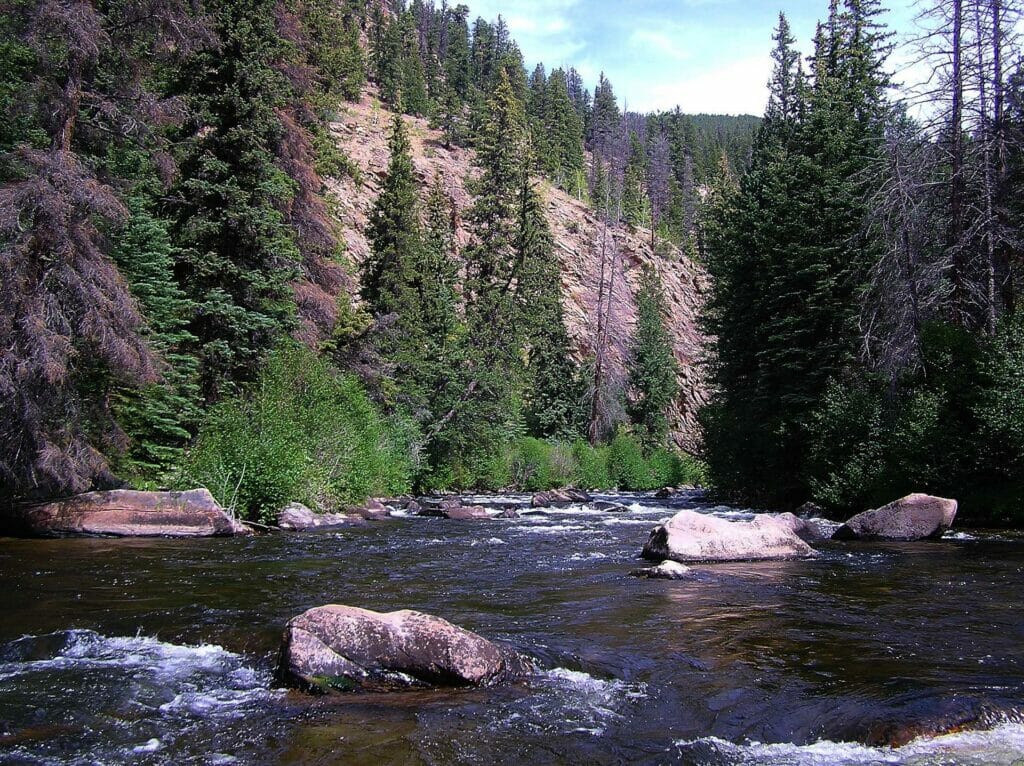
Even in these days of increased fishing pressure and drought challenges, it is great to see a river that is not only resilient but improving. Congratulations to Colorado Parks and Wildlife and numerous partners, including Trout Unlimited, for “bringing home the gold.”
Trout Unlimited is working to expand its Gold Medal waters in Colorado. Equal parts outreach, advocacy and restoration, these efforts are meant to educate anglers and the broader communities about surrounding trout habitat, watershed ecology, important policy issues and ways to engage in TU’s ongoing conservation work. By establishing a direct connection between anglers, the waters they fish and the conservation values necessary to sustain them, TU is ushering in a new era of advocacy and support for Gold Medal watershed conservation.
Joel Evans is president of the Gunnison Gorge Anglers chapter and the current Southwest Regional Vice President of Colorado Trout Unlimited.


